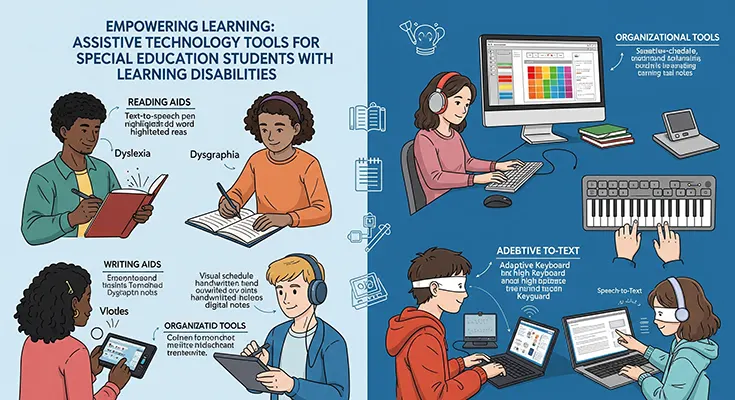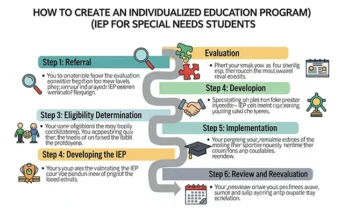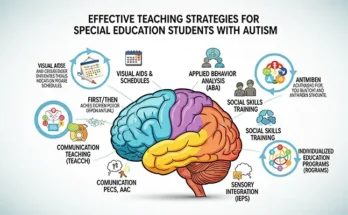In today’s educational landscape, assistive technology (AT) has become a critical resource in supporting special education students with learning disabilities. These innovative tools help bridge gaps, enhance learning, and foster independence, allowing students to access curricula and demonstrate their knowledge more effectively. This article explores the most impactful assistive technology tools designed to support special education students with learning disabilities, highlighting their benefits and applications.
Understanding the Role of Assistive Technology in Special Education
Learning disabilities can affect skills such as reading, writing, math, attention, and organization. Assistive technology provides tailored support to overcome these challenges by offering alternative ways to learn, communicate, and process information. From software to hardware devices, AT tools create inclusive classroom environments that accommodate diverse learner needs.
Types of Assistive Technology Tools for Learning Disabilities
1. Text-to-Speech (TTS) Software
TTS software converts written text into spoken words, helping students with reading difficulties better comprehend content. Popular examples include NaturalReader, Read&Write, and Kurzweil 3000. These tools support vocabulary development, improve fluency, and reduce frustration with reading assignments.
2. Speech-to-Text (Dictation) Tools
Speech-to-text programs allow students to verbalize their thoughts and have them converted into written text. Tools like Dragon NaturallySpeaking and Google Voice Typing empower students who struggle with handwriting or typing to express themselves more easily and efficiently.
3. Graphic Organizers and Mind Mapping Software
Visual learners benefit from graphic organizers that help structure ideas and improve writing skills. Software such as Inspiration and MindMeister enables students to organize thoughts, plan essays, and break down complex tasks into manageable steps.
4. Reading and Writing Support Apps
Apps like Grammarly and Ginger assist with grammar, spelling, and punctuation, providing real-time feedback that improves writing quality. For students with dyslexia, specialized fonts and reading aids, such as Dyslexie font or BeeLine Reader, make text easier to read.
5. Math Support Tools
Calculators, math fact apps, and interactive math programs like ModMath assist students with math-related learning disabilities. These tools help students perform calculations, visualize problems, and build confidence in math skills.
6. Organizational and Time Management Tools
Tools such as timers, reminders, and digital planners (e.g., Google Calendar, MyHomework) help students manage assignments and deadlines, essential skills for overcoming executive functioning challenges common in learning disabilities.
7. Adaptive Hardware
Devices like ergonomic keyboards, touchscreens, and alternative mice cater to students with motor difficulties, enabling easier interaction with educational content and reducing physical barriers.
Benefits of Assistive Technology for Students with Learning Disabilities
- Increased Engagement: Interactive and personalized technology draws student interest.
- Enhanced Independence: Students gain confidence in managing tasks independently with appropriate tools.
- Improved Academic Performance: Supports comprehension, expression, and organization lead to better outcomes.
- Access to Curriculum: Ensures learning materials are accessible, meeting legal and educational standards for inclusion.
- Motivation and Self-Esteem: Success with technology fosters a positive attitude toward learning.
Implementing Assistive Technology in the Classroom
Successful integration of AT requires collaboration between educators, specialists, parents, and students. Individualized Education Program (IEP) teams should assess each student’s needs to select the most appropriate technologies. Training for educators and ongoing technical support ensure that tools are used effectively and consistently.
Assistive technology tools have revolutionized special education by providing students with learning disabilities the means to overcome obstacles and achieve academic success. From reading and writing aids to organizational and adaptive devices, these technologies foster greater accessibility, engagement, and independence. By embracing assistive technology, educators empower students to reach their full potential and create inclusive classrooms where every learner thrive.





